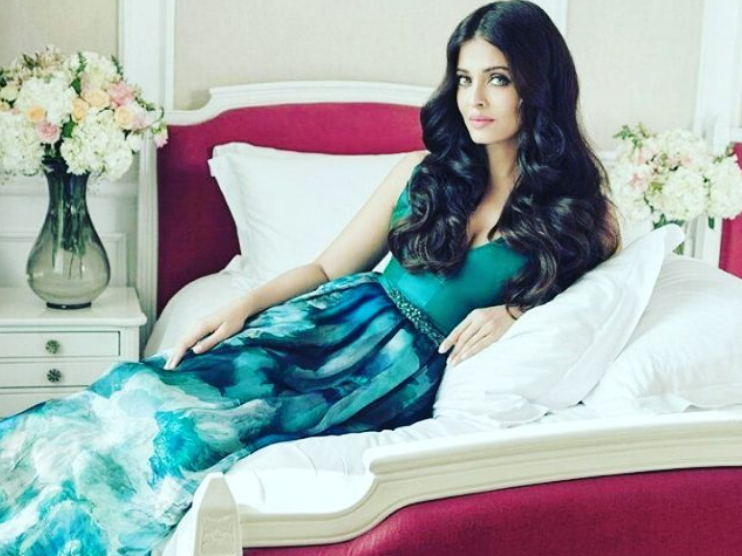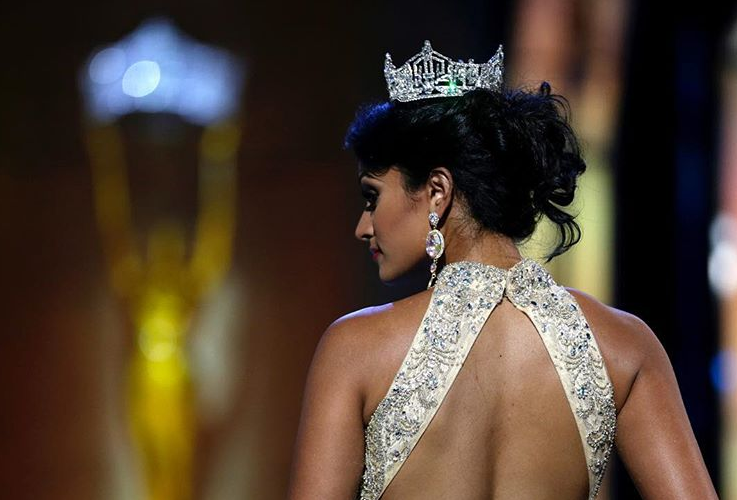The recent demise (on 24 February 2018) of Bollywood superstar Sridevi has encouraged a frenzied discussion in Indian media about the dangers of varied fads related to Bollywood and overall glamour industry – ranging from unnatural crash diets to excessive cosmetic surgeries, use of steroids, and so on. These are driven by the obsession to look good at cost, at any age, at any time of the day. The common question being asked is – how far do we want to go with this, and is it worth it?
We live in an age where we are bombarded with images of women (and men) who are an epitome of Cleopatra – perfect looks and right clothes – if any. And this beatification of women is not limited to traditional media – it is on social media too – which is mostly self-created content. The race to the most beautiful face on earth seems to be ongoing – 24 hours a day, across all continents, races, and media.
This race starts pretty much early in life – with parents putting up beautiful pictures of their babies – and those who are not able to or refuse to keep up with the norms or trends get trolled on social media. The pressure continues into college days which is full of official competitions based on looks and appearance. This leads into beauty pageants first at the college level, and then at regional, national and finally international level.
Women are stereotyped and certain social norms imposed on them – which are based on our collective preferences and prejudices. Such prejudices are epitomized in beauty pageants in India. In fact, the socio-cultural beliefs manifest well in such beauty pageants, which drove one researcher to study Indian beauty pageants in detail.
“When I started my research on campus beauty contests in South Bangalore in the 90s, many of my colleagues raised their brows with ‘Why? Aren’t beauty contests mere fun and entertainment? What is there to research in it?”, recalls Dr Sukanya Kanarally, a researcher and former associate professor at Bangalore University. “I had to argue that such contests, whether local, regional, national or international, need to be analyzed because they not only reflect social constructs of gender but also of nationalism and globalization.”
Dr Kanarally recently spoke at the Victoria University of Wellington at a seminar organized by New Zealand India Research Institute. Dr Kanarally completed her doctoral studies at Jawaharlal Nehru University, India and has worked as Associate Professor at Bangalore University for more than 15 years. She conducted her research on the beauty contests held in a women’s college in Bangalore that she worked for along with some of the neighbouring colleges in south Bangalore for over ten years.
“I try to trace the changes in the very way such contests were organized, thus reflecting the larger socio-political scenario in India.”
Dr Kanarally believes that beauty pageants are not just for entertainment, but serve a wider purpose – creating consumers, and building a multi-billion dollar global beauty industry. “As we know, a strong correlation exists between pageants and free-market policy.”
For example, a Russian contestant won Miss World in 1992, soon after the Soviet Union collapsed and Russia agreed to open its markets to the West, says Dr Kanarally. “Interestingly none of the countries in communist rule had won a beauty title (till then).”

A similar trend could be seen in India as well, as we saw the likes of Aishwarya Rai and Sushmita Sen winning the international beauty pageants in the 1990s – the decade following India’s liberalization of its economy. The open economy, with growing consumerism, needed Indian models. After all, a Cindy Crawford would find less acceptance in the mind of Indian consumers. So Indian brands needed Indian models.
Ironically, the Indian beauty pageant winners became endorsing international brands than Indian brands in India. Aishwarya Rai, for example, has never been a major endorser of Indian products, says Dr Kanarally. “Products like Coca Cola, LʼOreal, Lux International beauty soap, Longines (Swiss watches) are some of the brands endorsed by Aishwarya Rai who famously declared that if she won the contest, she would prefer to be the ‘cultural ambassador’ from India. Contrary to her statements she has even endorsed skin whitening products like White Perfect from LʼOreal.”
Commercial interests, it seems, dictate the norms of these beauty pageants. To that end, these contests need to feed to specific social expectations. After all, beauty is “not” in the eyes of the beholder, she says. “Beauty is a discourse that is politically shaped.”
Women expected to live as per societal expectations, and beauty pageants are no exception. In 1960, Argentinian Miss World Norma Gladys was threatened with disqualification for drinking alcohol, cites Dr Kanarally. “Similarly, the 1965 Miss World (from UK) and the 1969 Miss World (from Sweden) faced prospects of being dethroned for posing nude.” And in 1973 and 1974, the Miss World winners from the US and the UK were dethroned for not ‘fulfilling their responsibilities’. “Their crime? One had multiple boyfriends and the other had dared to become a single mother!”, says Dr Kanarally.

And our definition of beauty is also specific – tall, fair, thin, and of course, belong to a certain ethnicity and race. When Nina Davuluri won the Miss America title in 2013, most of the news headlines referred to her ethnicity: “Miss America Crowns Its First Indian-American Winner”, wrote Pop Sugar. Twitter went into a frenzy with racist remarks against the Indian origin winner. Some even went to the extent of calling her an “Arab” and a “terrorist”.
To the popular mind, the epitome of beauty has to meet the standards propogated over decades of media stereotypes. There has never been a fat Miss World, even though thinness is not a cultural universal norm even in the West, says Dr Kanarally. “There has never been a short Miss World either. Even the Black Miss Worlds are light complexioned too. In other words, Miss World is useful shorthand for the representational relation between deeply unequal nations and seemingly equal contestants. Take the instance of Miss Nigeria of the 2001 pageant who was described as ‘a white girl in black skin’.”

Leave a Reply